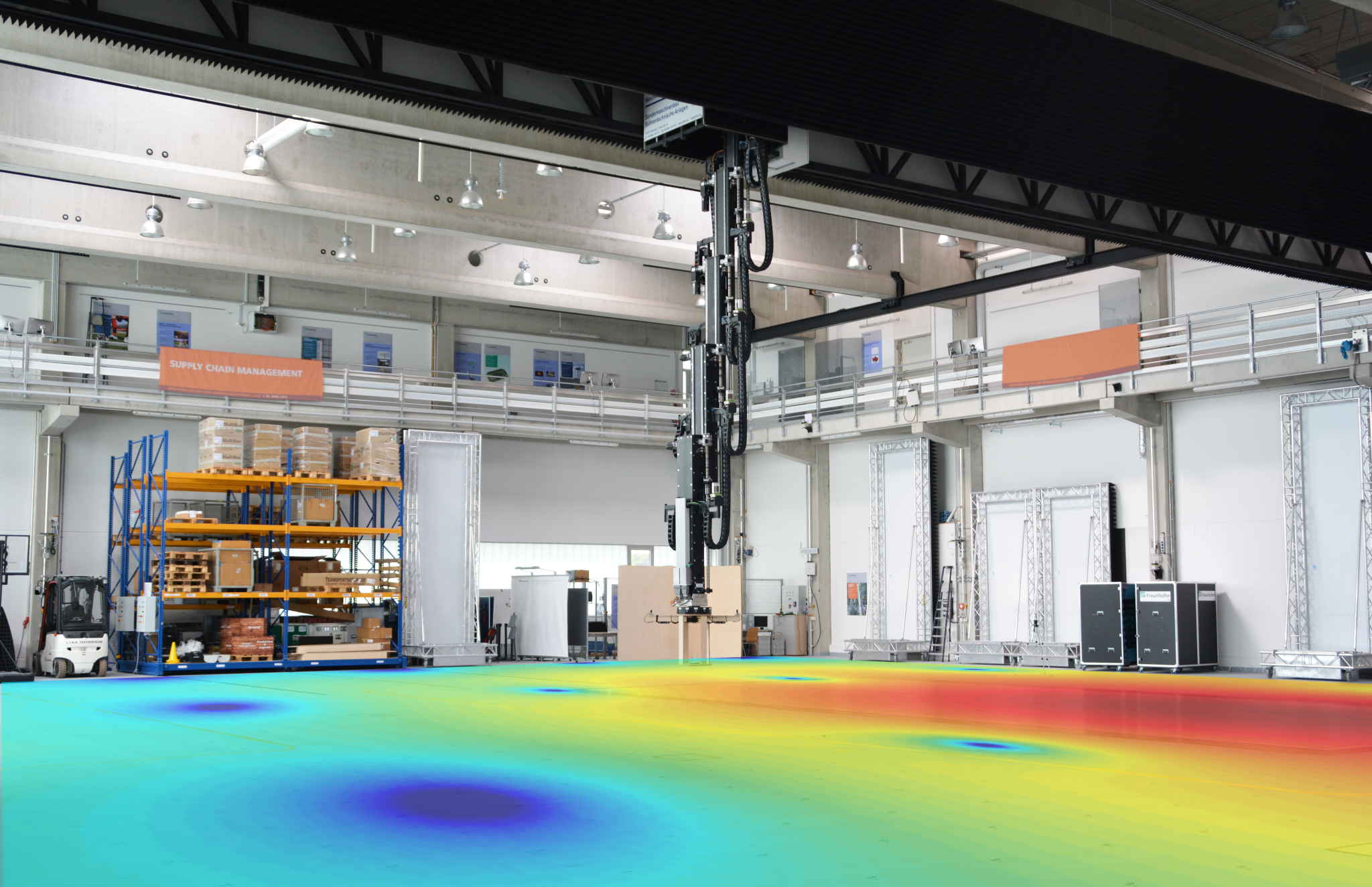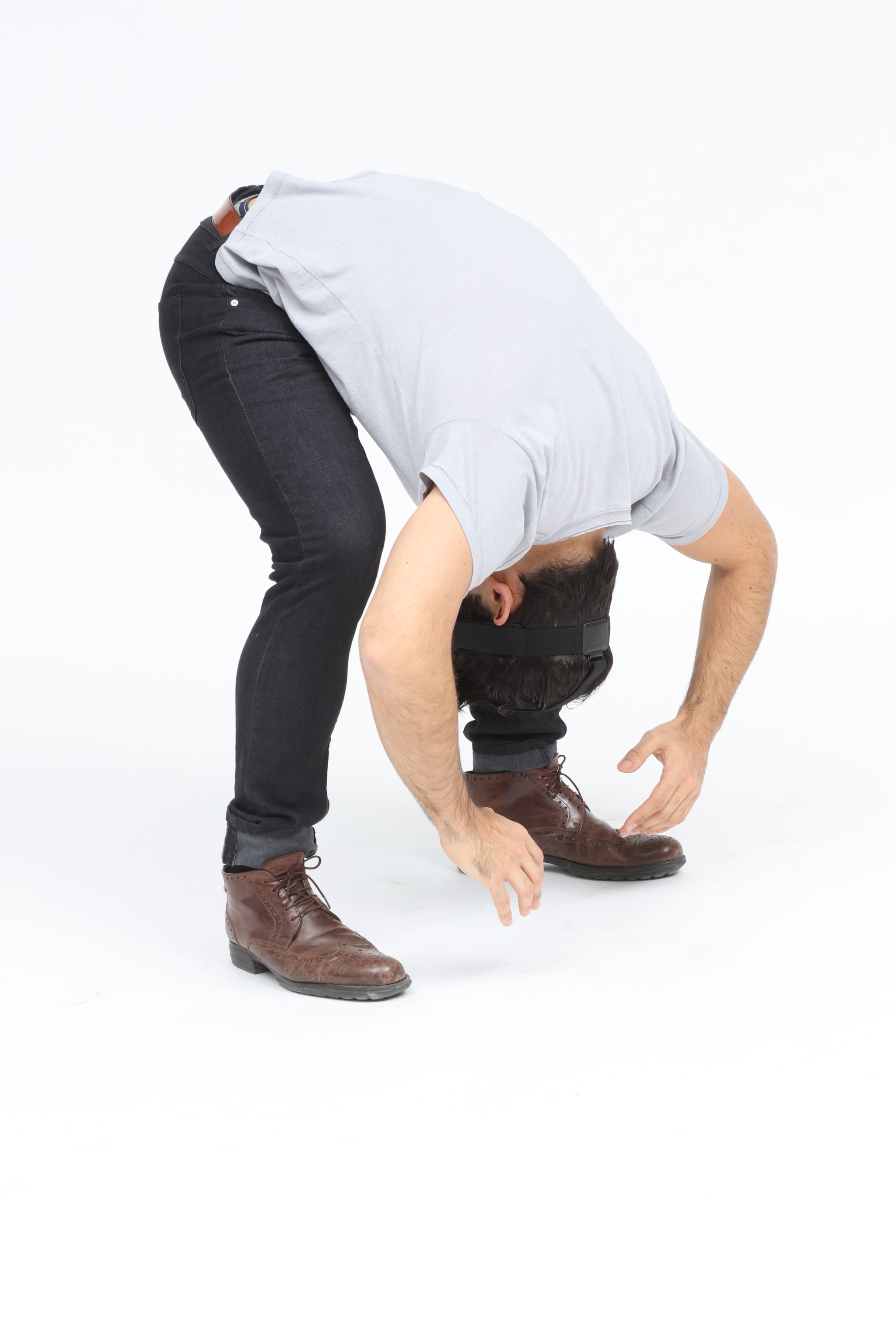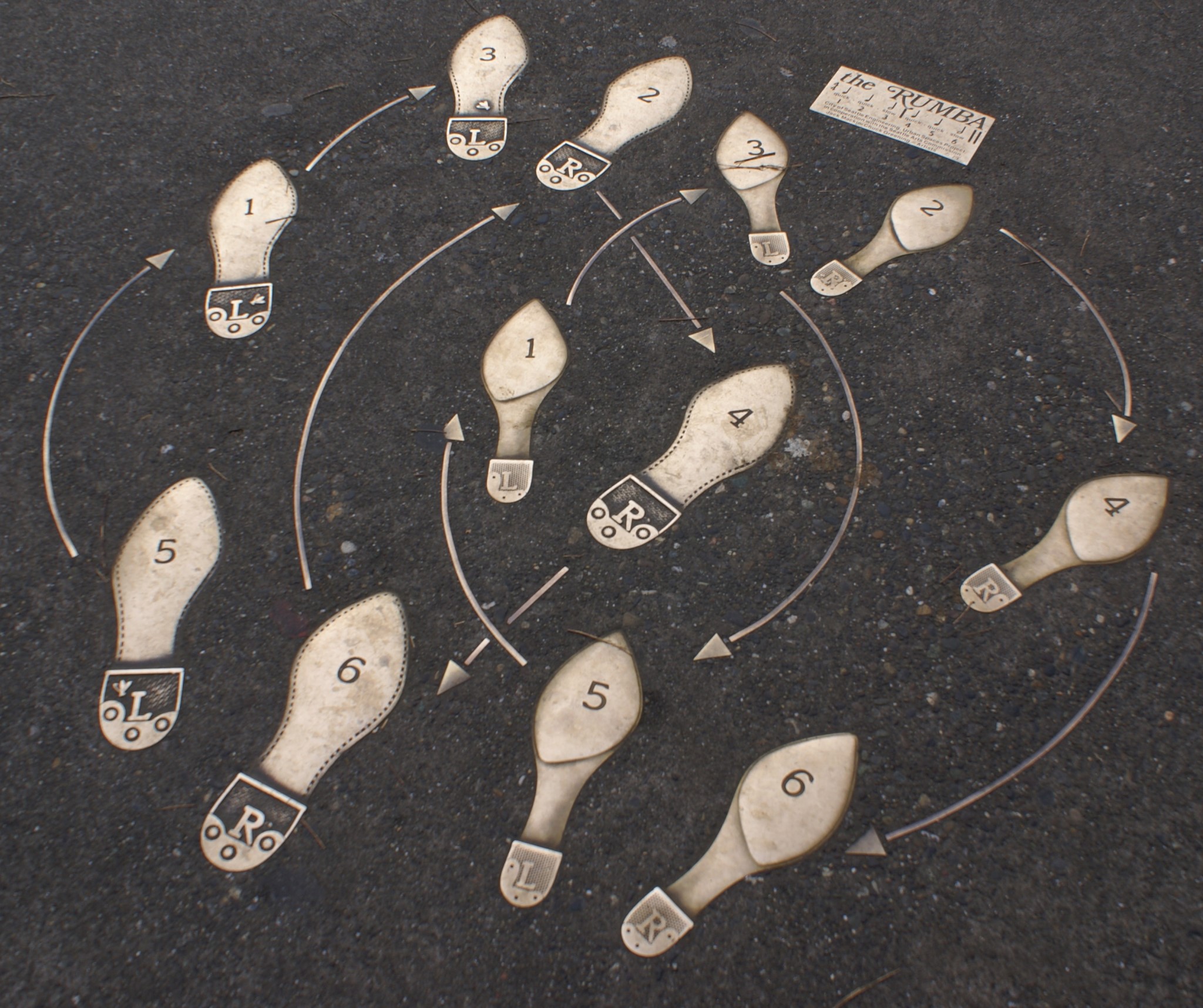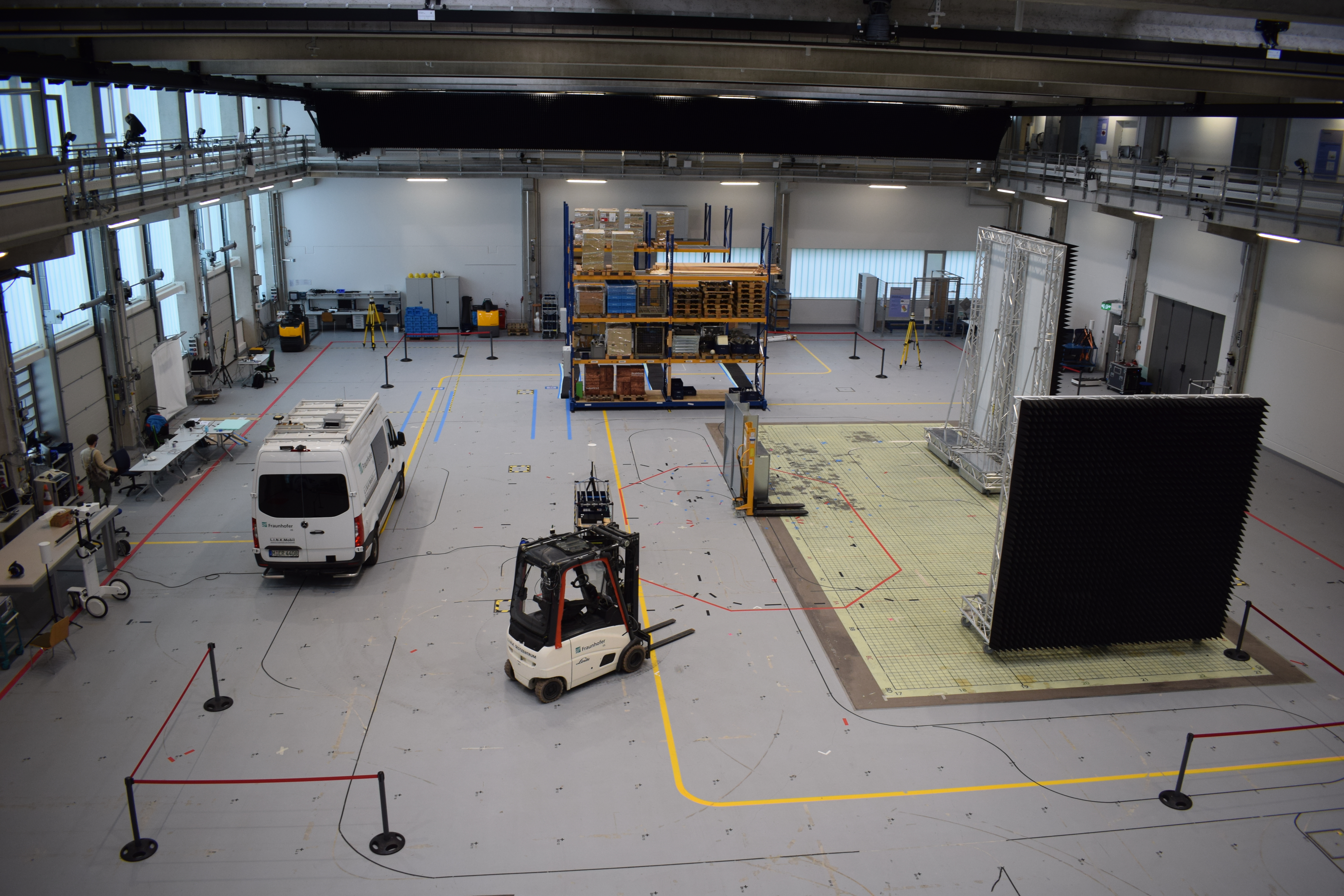At a glance
As the name suggests, positioning is all about precisely determining a position. In some applications, this is no longer enough: the orientation of a person or object is also becoming important. This is also true in tracking, in which movements over a specific time period are determined. There are different kinds of tracking depending on where the sensor is located: if it is at the edge of the observed area, this is known as outside-in tracking; if it is on the object or person, the term is inside-out tracking.
Fraunhofer IIS offers expertise in both fields, using these modules to calculate what is known as a truth value. With the help of movement classification and statistical filters, movements or positions can be estimated and subsequently smoothed. The more data there is, the better the filter can be stabilized and the more accurate the calculated value.







